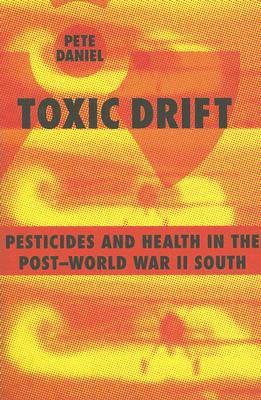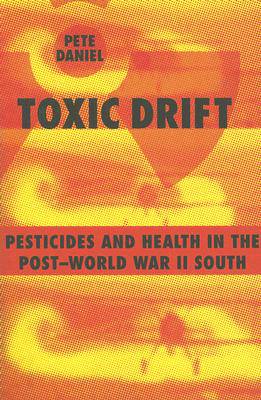
- Retrait gratuit dans votre magasin Club
- 7.000.000 titres dans notre catalogue
- Payer en toute sécurité
- Toujours un magasin près de chez vous
- Retrait gratuit dans votre magasin Club
- 7.000.0000 titres dans notre catalogue
- Payer en toute sécurité
- Toujours un magasin près de chez vous
Description
Following World War II, chemical companies and agricultural experts promoted the use of synthetic chemicals as pesticides on weeds and insects. It was, Pete Daniel points out, a convenient way for companies to apply their wartime research to the domestic market. In Toxic Drift, Daniel documents the particularly disastrous effects this campaign had on the South's public health and environment, exposing the careless mentality that allowed pesticide application to swerve out of control. The quest to destroy pests, Daniel contends, unfortunately outran research on insect resistance, ignored environmental damage, and downplayed the dangers of residue accumulation and threats to fish, wildlife, domestic animals, and humans. Using legal sources, archival records, newspapers, and congressional hearings, Daniel constructs a moving, fact-filled account of the use, abuse, and regulation of pesticides from World War II until 1970.
Spécifications
Parties prenantes
- Auteur(s) :
- Editeur:
Contenu
- Nombre de pages :
- 224
- Langue:
- Anglais
- Collection :
Caractéristiques
- EAN:
- 9780807132456
- Date de parution :
- 01-04-07
- Format:
- Livre broché
- Format numérique:
- Trade paperback (VS)
- Dimensions :
- 149 mm x 221 mm
- Poids :
- 326 g







